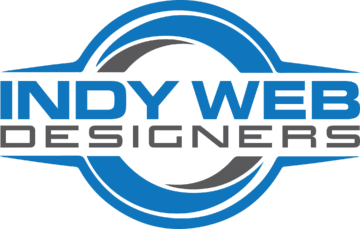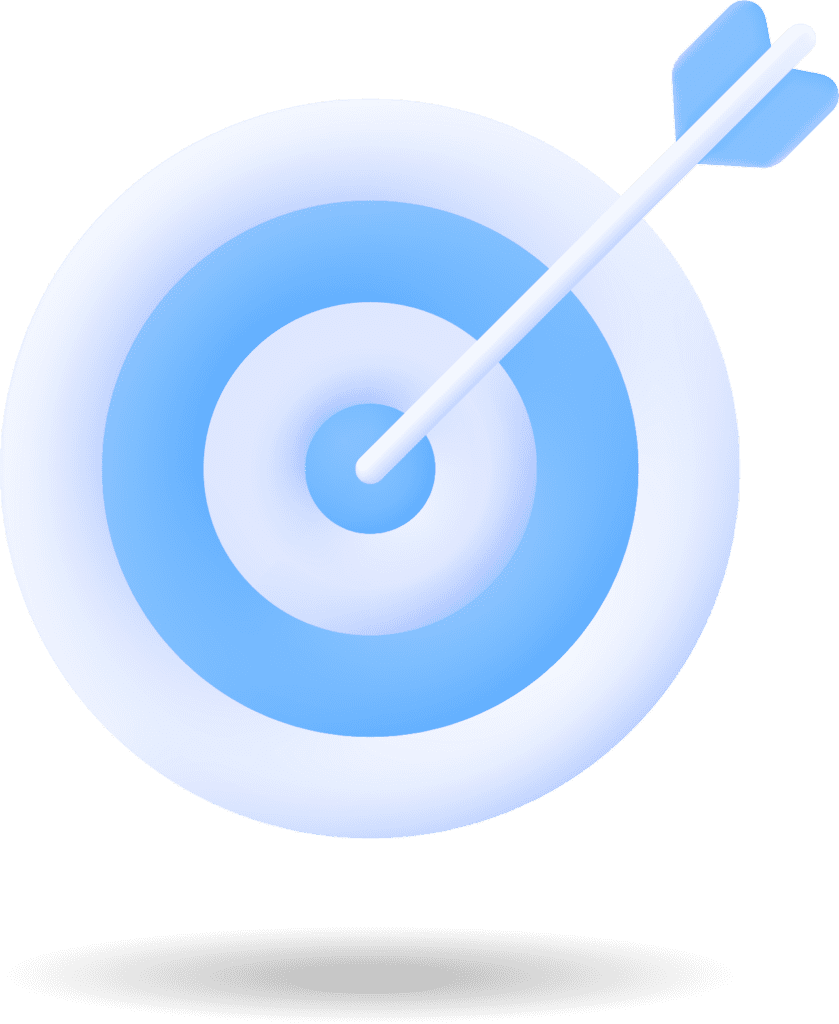
SEO Secrets Every Beginner Should Know for Better Results

Table of Contents
- Why SEO Matters for Your Website
- Basics of On-Page SEO
- Keyword Research: The Key to Success
- Optimizing Title Tags and Meta Descriptions
- Writing SEO-Friendly Content
- Internal and External Linking Strategies
- Image Optimization for Better Rankings
- Mobile-Friendliness and Site Speed
- Common SEO Mistakes to Avoid
- Conclusion
You might feel overwhelmed by the technical terms and strategies if you’re new to SEO. Don’t worry! This SEO crash course will break down everything in simple terms. Search engines like Google rank websites based on how well they are optimized. By following the right strategies, you can improve your website’s visibility.
SEO isn’t just about ranking high. It’s about getting relevant traffic that turns into customers. Whether you run a blog, an online store, or a local business, SEO helps you reach the right audience. Let’s dive into the basics and learn how to optimize your website step by step.
Why SEO Matters for Your Website
SEO is essential for increasing online visibility. When someone searches for a product or service, they usually click on one of the top results. If your website isn’t optimized, it won’t appear in these results, leading to lost opportunities.
A well-optimized site helps:
- Increase organic traffic without paying for ads.
- Improve user experience and engagement.
- Build credibility and trust with search engines.
- Generate leads and sales over time.
With this crash course on SEO, you’ll learn how to improve your website’s performance and get more visitors.
Basics of On-Page SEO
On-page SEO refers to the elements you can control on your website to improve rankings. This includes optimizing content, headings, URLs, and images.
The key elements of on-page SEO include:
- Title Tags: The title that appears in search engine results.
- Meta Descriptions: A short summary of your page.
- Headings (H1, H2, H3): Organizing content for readability.
- Keyword Usage: Placing keywords naturally in content.
- Internal Links: Connecting pages within your site.
- External Links: Linking to credible sources for added value.
A well-structured page makes it easier for search engines to understand and rank your content.
Keyword Research: The Key to Success
You can determine what your audience is looking for by conducting keyword research. Using the right keywords in your content increases the chances of ranking higher.
To find the best keywords, follow these steps:
- Make use of free resources like Ubersuggest and Google Keyword Planner.
- Seek out terms with a lot of searches but little competition.
- Focus on more specific long-tail keywords.
- Use keywords naturally in your content, titles, and headings.
- Avoid keyword stuffing, as it can hurt rankings.
This search engine optimization crash course will help you use keywords effectively to attract the right audience.
Optimizing Title Tags and Meta Descriptions
Title tags and meta descriptions help search engines understand what your page is about. A well-optimized title can improve your ranking.
Best Practices:
- Keep titles under 60 characters.
- Include your target keyword.
- Make it compelling and click-worthy.
- Keep meta descriptions under 160 characters.
- Provide a clear summary of your content.
For example, instead of “SEO Guide”, write “SEO Crash Course: Learn the Basics for Better Rankings”.
Writing SEO-Friendly Content
Your content should be valuable, engaging, and easy to read. Google favors content that answers user questions clearly.
To write SEO-friendly content:
- Use short paragraphs for better readability.
- Include headings to organize your content.
- Use bullet points to break down information.
- Add relevant keywords naturally.
- Keep sentences under 20 words for clarity.
By following these tips, you’ll create content that ranks well and keeps readers engaged.
Internal and External Linking Strategies
Links help search engines understand your website’s structure. Internal links connect your pages, while external links point to credible sources.
Best Practices:
- Use 2-3 internal links per blog post.
- Link to relevant pages that add value.
- Employ descriptive anchor text rather than general phrases like “click here.”
- Avoid linking to low-quality or spammy websites.
Strategic linking helps both users and search engines navigate your site better.
Image Optimization for Better Rankings
Images improve user experience, but they also need to be optimized for SEO. Large images can slow down your site, which affects rankings.
To optimize images:
- Use compressed formats like JPEG or WebP.
- Add descriptive alt text with keywords.
- Keep file sizes small without losing quality.
- Use image sitemaps to help search engines index them.
By following these steps, your website will load faster and perform better in search results.
Mobile-Friendliness and Site Speed
Google prioritizes mobile-friendly websites. A slow website can cause visitors to leave quickly, which affects rankings.
How to Improve Speed:
- Use a fast hosting provider.
- Optimize images for quick loading.
- Minimize CSS and JavaScript files.
- Enable browser caching.
Higher rankings and an improved user experience are the results of a speedier website.
Common SEO Mistakes to Avoid
Many beginners make mistakes that hurt their rankings. Here are some things to avoid:
- Ignoring mobile optimization: Mobile users make up most traffic.
- Skipping keyword research: Without keywords, your content won’t rank.
- Using duplicate content: Google penalizes copied content.
- Not using meta tags: These help search engines understand your page.
- Overloading with keywords: Keyword stuffing lowers rankings.
By avoiding these mistakes, you’ll improve your SEO results.
Conclusion
SEO is a long-term process, but with the right strategies, you can improve your rankings. This crash course in SEO covered everything from keyword research to content optimization. For a deeper SEO crash course, check out this detailed guide. It provides step-by-step instructions to help you get better results.
Looking for expert guidance? Contact Indy Web Designers for SEO solutions that boost your rankings. Whether you need a comprehensive audit or content enhancement, we’re here to help! Check out our SEO guide to start improving your website today.


David McArdle is the founder of Indy Web Designers and The Virtual Marketing Directors. When he is not helping small business owners create websites that grow their businesses he enjoys running, biking and any excuse to be outdoors. As a StoryBrand Certified Guide, David has found his calling helping small businesses communicate what they do in a way that actually helps businesses grow.
David McArdle is the founder of Indy Web Designers and The Virtual Marketing Directors. When he is not helping small business owners create websites that grow their businesses he enjoys running, biking and any excuse to be outdoors. As a StoryBrand Certified Guide, David has found his calling helping small businesses communicate what they do in a way that actually helps businesses grow.

